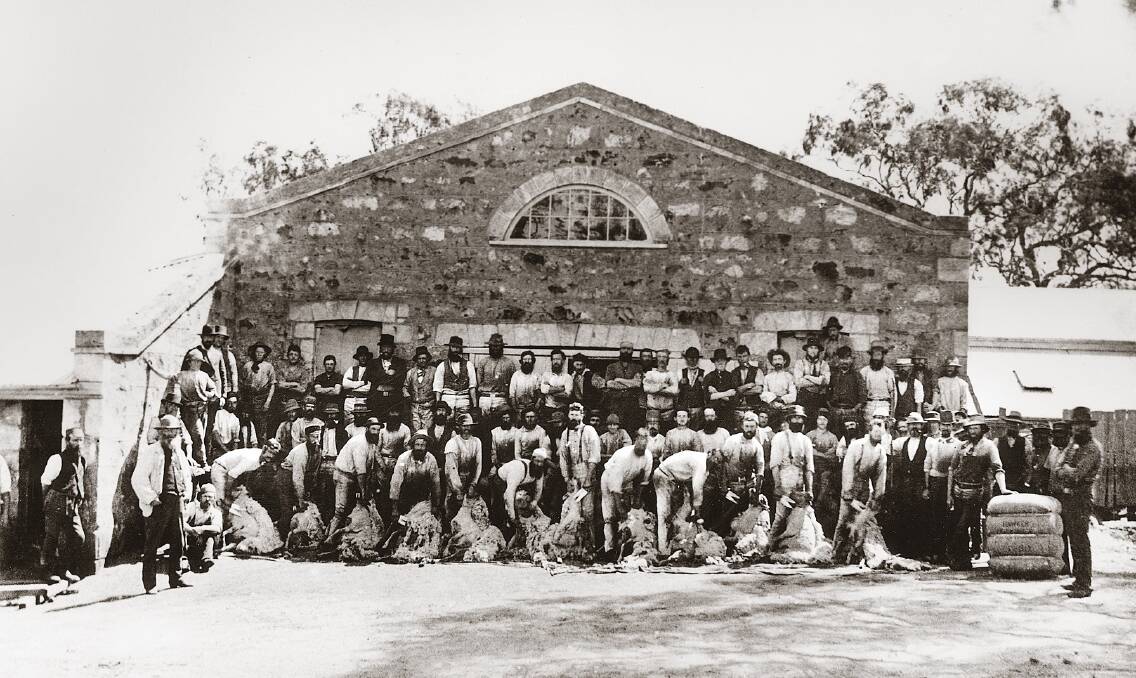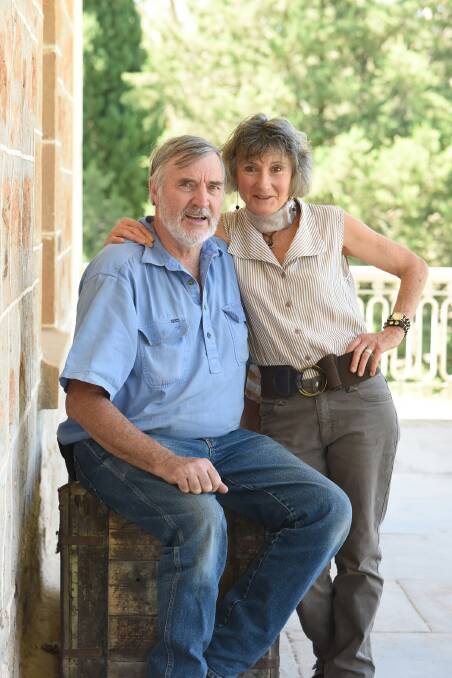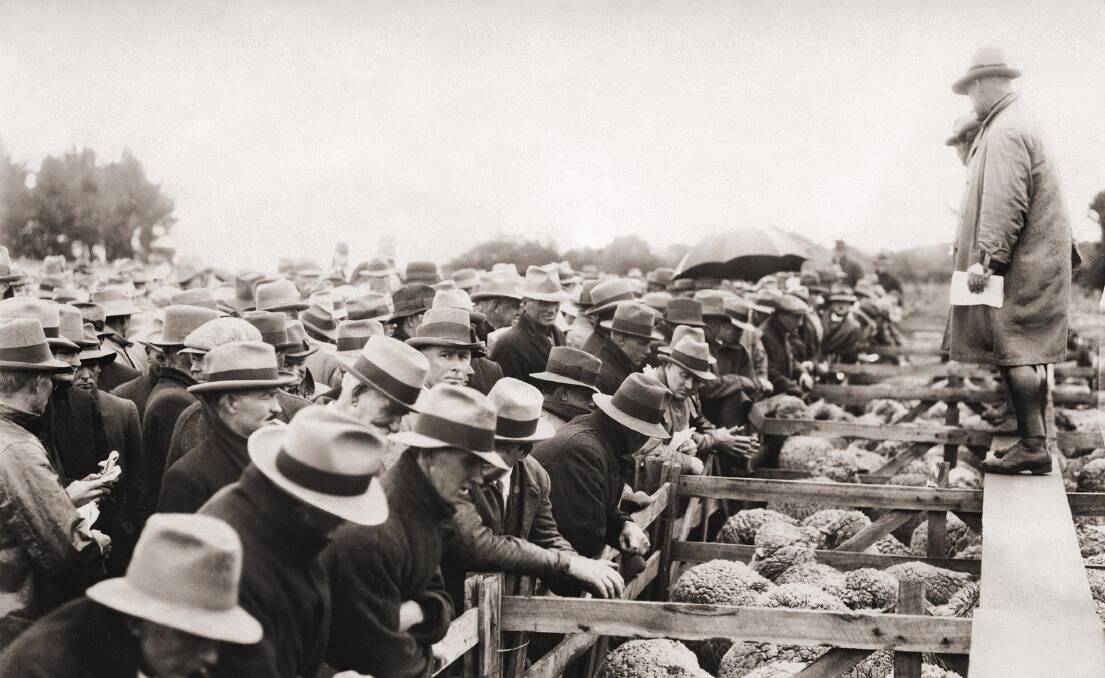
THERE have been many changes in the extensive history of Bungaree Station, but one on-farm task has always remained.
This week the station undertakes its 175th annual shearing in one of Australia’s oldest working woolsheds, 12 kilometres north of Clare.
It is the property’s oldest building, partially constructed in 1842 and expanded through the years to accommodate the flock of sheep that increased from 2000 in 1842 to 100,000 in the 1880s.
At its prime, the shed had 50 stands, but today only 10 stands remain.
Five are in use this week, shearing 4000 sheep from Tuesday until this coming Monday.
The station opened its gates to the public as part of the celebration, wanting to showcase how the station has been run through the centuries, including blade shearing, stone masonry and blacksmithing.
George and Sal – the fourth generation of the Hawker family at Bungaree – said they also wanted to show visitors what happened beyond the farmgate.
“The public these days increasingly want to know where their woollen garments come from so we will have wool spinners and knitters on-hand demonstrating the creation of woollen garments from greasy wool direct from the sheep’s back,” Sal said.
Australian-made wool products will also be on display, as well as vintage equipment, tools and vehicles.
Bungaree Station’s history begins on Christmas Day 1841, when George Charles Hawker and his brothers James and Charles, from Hampshire, England, selected the site 12 kilometres north of Clare for the homestead.
It was the most northern settlement in SA at that time.
The brothers had originally settled in the Barossa but soon decided to travel north in search of good grazing country, to what is known today as the Clare Valley.
‘Bungaree’ was the aboriginal name for the area.
It was good land with plenty of water available.
They had bought 2000 Merino ewes from Thomas Icely at Carcoar in NSW and this flock eventually increased to 100,000 head on nearly 70,000 hectares, before George died in 1895.
He had 16 children, and the six sons ran the property for 11 years until 1906, when they divided Bungaree between the six brothers.
The original homestead block was taken on by seventh son Richard McDonnell Hawker, after one of the sons died.

Richard’s grandson George runs the property today, with his wife Sal, while children Vicky and Edward and their respective families are responsible for the day-to-day management of the farming and the tourism enterprises.
Today the property comprises only 2800ha after family divisions over the years, running 4000 Merinos, 30-40 Murray Grey cattle with 2000ha cropped annually
Bungaree also has a thriving tourism business, created after the wool crash of 1985.
“Disused farm buildings were turned into tourist accommodation,” Sal said.
"My husband’s great-grandfather, with his two brothers and four shepherds, worked like beavers when they first got here.
“Using local sandstone from an on-farm quarry, they built today’s heritage farm buildings, including the homestead, woolshed, shearers’ quarters, station store, manager’s house, council chambers, staff cottages and a church – all before the end of the 1860s.
“Tourism has kept the buildings alive, otherwise they wouldn’t probably still be standing.”
Past and present staff and descendants have been invited to the station for the 175th celebrations, including Graham Lee, who had six generations of his family work at Bungaree over time.
There will also be a few generations of the Hawker family attending these celebrations, and other relatives from around Australia.

In August, Bungaree Station also marked the 175 years in the region with a reinactment of an important historic connection between the Hawker family and the local Jesuits at Sevenhill.
“When George Charles Hawker settled here in 1841, he established an expansive vegetable garden that included vines,” Sal said.
“In the 1850s, the Jesuits pushed a barrow load of vine cuttings from Bungaree so as to grow vines at Sevenhill for the production sacramental wine.
“They were the pioneers of the wine industry in the district, with these original vines from Bungaree.”
To commemorate the occasion, the Hawker family, accompanied by an enthusiastic group of about 50 people, walked 27km across country, partially along the Riesling Trail, taking the vine cuttings in a wheelbarrow from Sevenhill back to Bungaree.
These symbolic cuttings were then planted that afternoon in the homestead gardens near swimming pool under the guidance of the distinguished Jesuit winemaker John May,who had recently left the Clare Valley to retire in Sydney after more than five decades at Sevenhill Cellars.


